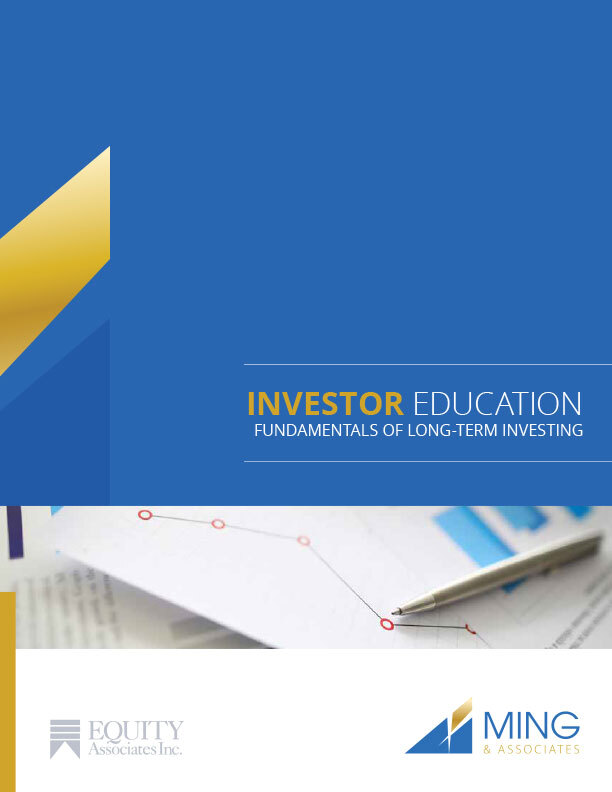The last 12-15 months have undoubtedly tested investor’s patience. Many factors – inflation, rising interest rates, and choppy equity markets are seemingly converging all at once, which has led to the abundance of recession headlines for 2023.
In times like these, questions can arise about your investment strategy, the value and purpose of asset allocation, as well as the merits of long-term equity investing to achieve your family’s financial goals.
Despite everything you might be hearing concerning a possible recession in 2023, it may have already commenced in sectors of the North American economy. By definition, an economic recession is a slight decline or pause in economic growth.
Some investors may worry about the financial markets sinking after a recession is officially announced, however, history has shown that markets tend to price in these expectations and move long before economic headlines are released. The bottom line is that even if we know the exact start date of a ‘recession’, there is still no definitive way to know which direction the market will head in the short-term, and we aren’t in the business of guessing!
A recession has never meant the end of the world for successful investing, and it is something that happens over and over again (8 since 1960-https://en.wikipedia.org/wiki/List_of_recessions_in_the_United_States) as part of sustainable economic growth and the business cycle. All things; economies, business, securities markets and even us, breath in and breath out – expand and contract. It’s the way it is. In fact, it’s the very contraction in the market that allows the expansion to occur. Despite this, long-term returns of diversified portfolios have remained sound.
As true believers in equities, naturally we spend a lot of time educating clients on the history of markets along with the “do’s and don’ts” of successful long-term equity investing. Perhaps what we write about less, and something that has been in the headlines as much this year as any in recent history due to rising rates, is fixed income investing.
Fixed income (or lending your money to governments and corporations ie. bonds), plays a significant role in many client portfolios and is the pillar of proper asset allocation and rebalancing. The past year was widely regarded as the worst year in the last 40 years for fixed income securities, with many conservative and balanced portfolios declining over 10% from their peak at some point (due to rising interest rates). As you may know, the aim of asset allocation is to balance risk and reward by setting up your portfolio according to your goals, risk tolerance and investment horizon. We then back that up with regular rebalancing to make sure your portfolio doesn’t stray from its target. This applies just as much to fixed income as equity holdings.
What this has done is create a great opportunity for the portfolio managers we work with to add attractive fixed income components to the portfolios as they focus on long-term performance.
Seeing posted GIC rates of 4-5% or more is certainly a head turner, given the ultra low-rate environment we’ve been in since 2008. But you know what isn’t posted, and what is happening every day inside the diversified portfolios we recommend (and use)? Government and corporate bonds with meaningful yields (like the rates posted above or higher) are continually being evaluated and added to the portfolios. That is the beauty of regular rebalancing… the ability to take advantage of opportunities when they present themselves without ever deviating from your long-term plan.
What does all this mean? Consider an investor in a ‘balanced’ portfolio of 60% equities and 40% fixed income. For the past 10+ years the returns have come almost exclusively from the equity holdings. Of course, there is no way of knowing what returns will be in the future or where they will come from, but by adding in fixed income securities with the ability to generate yields described above, it may just be that the balanced investor arrives at a similar spot in 10 years time by taking a different path. But we don’t have to guess that today… the process of proper asset allocation and regular rebalancing will determine that over time, and that is the beauty of it.
Remember, economies can’t avoid cycles, and investors certainly cannot predict markets. If you are feeling uncomfortable or concerned, please give us a call.
2022 Was One of the Worst Years Ever For Markets (awealthofcommonsense.com)

